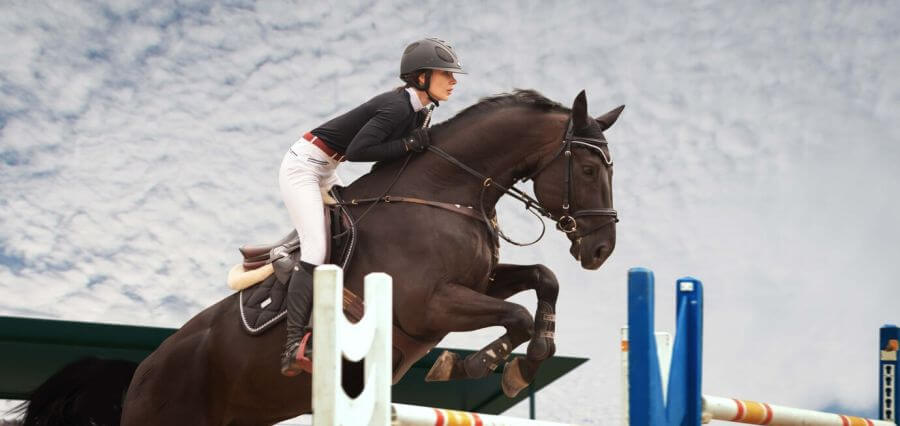In the thrilling world of horse race betting, where glory can be won or lost in the blink of an eye, every detail counts. Among the myriad factors that influence the outcome of a race, the condition of the track stands out as one of the most crucial. Whether it’s dirt, turf, or synthetic, the track surface can have a significant impact on a horse’s performance, making it essential for bettors to understand its nuances. To understand how the track impacts each horse and each race, doing your due diligence and research using newspapers, specific websites, and horse betting apps can help you make more informed wagers. Let’s delve into why the track matters so much in horse race betting.
- Track Surface:
Different tracks have different surfaces, each with its own characteristics that can affect how a horse runs. Dirt tracks, typically made of clay, sand, and silt, can vary in composition, from fast and firm to muddy and sloppy, depending on weather conditions. Turf tracks, on the other hand, provide a grassy surface that can be affected by moisture levels and maintenance. Synthetic tracks aim to replicate the consistency of turf while providing more durability and less susceptibility to weather.
- Weather Conditions:
Weather plays a significant role in determining the condition of the track. Rain can turn a dirt track sloppy, making it more challenging for horses to gain traction and altering race dynamics. Conversely, dry conditions can cause dirt tracks to become hard and fast, favoring certain types of horses. Turf tracks can also be affected by weather, with rain softening the surface and potentially favoring horses with a preference for softer ground.
- Track Bias:
Track bias refers to the tendency of a track to favor certain positions or running styles. For example, some tracks may have a bias towards inside or outside positions, meaning horses drawn on the rail or far outside may have an advantage. Similarly, some tracks may favor front-runners, while others may favor closers. Recognizing track bias is crucial for horse betting, as it can influence race strategy and the likelihood of certain horses performing well.
- Horse Preferences:
Just as track conditions can vary, so too can a horse’s preferences for certain surfaces. Some horses excel on fast dirt tracks but struggle on turf, while others may prefer turf. Trainers and jockeys often choose races based on a horse’s affinity for a particular track surface, making it essential for bettors to consider these preferences when placing their bets.
- Injury Risk:
The condition of the track can also impact the risk of injury to horses. Hard or uneven surfaces increase the likelihood of injuries such as tendon strains or stress fractures, while excessively soft surfaces can lead to muscle fatigue. Bettors should take into account the track condition and its potential impact on horse health when evaluating race contenders.
In horse race betting, knowledge is power, and understanding the significance of the track is essential for making informed decisions. From surface type to weather conditions to track bias, every aspect of the track can influence the outcome of a race and the performance of its participants. By carefully considering these factors and their implications, bettors can gain a competitive edge and increase their chances of success in the thrilling world of horse race betting. So next time you place a bet, remember to give the track the attention it deserves—it just might make all the difference.














